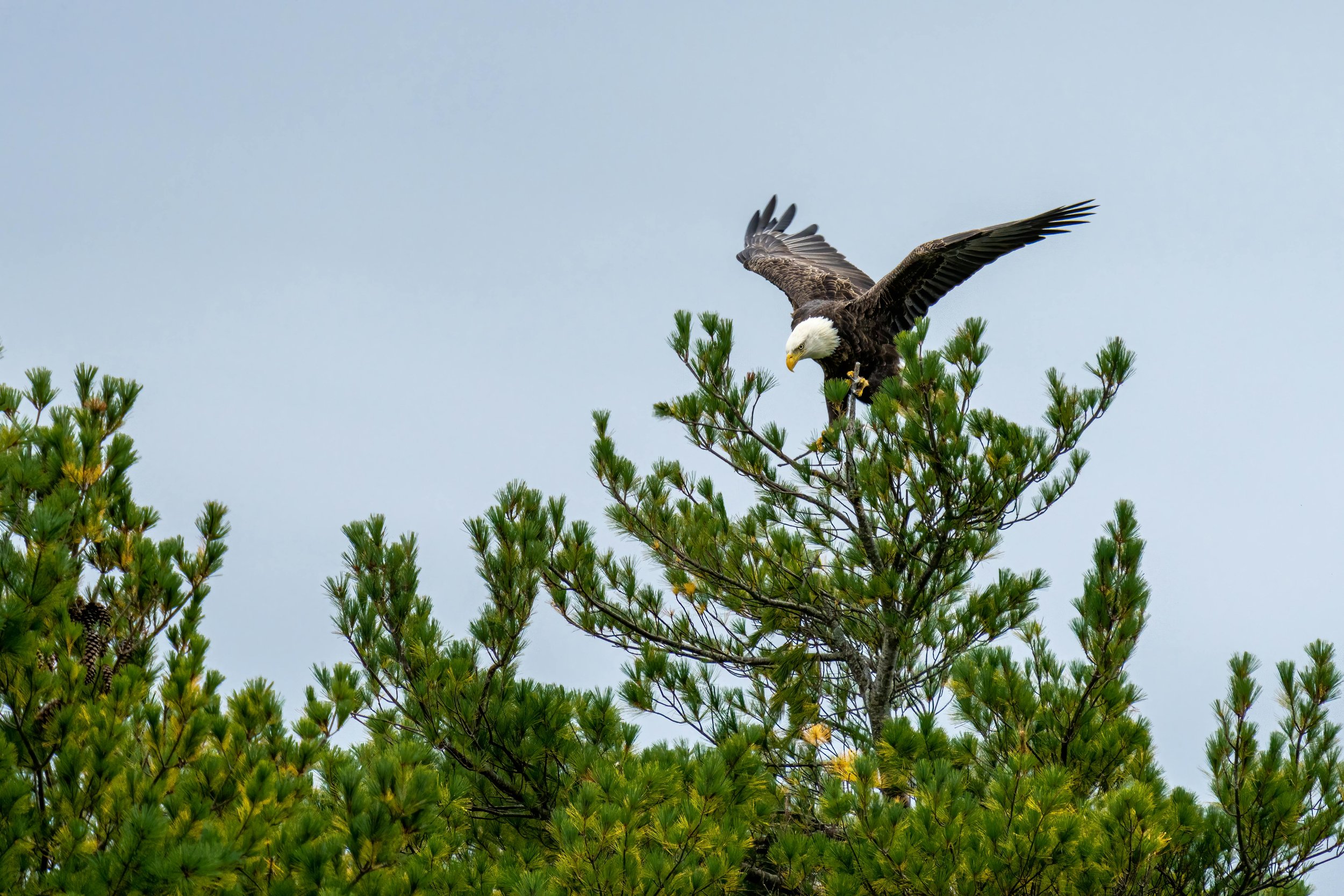Why We Should Capitalize Plant Common Names: A Call for Consistency
Pine Tree and Bald Eagle: A Case for Equal Capitalization
What Do Birds Have That Plants Don't? Capital Letters. Maybe It's Time Plants Got Some Too
Ever notice how birds strut around with the royal treatment in their names? Black-capped Chickadee. Great Blue Heron. Every word is capitalized like a VIP guest at a garden party. Meanwhile, plants—those quiet, hardworking, oxygen-producing champs—are stuck with lowercase labels: bigleaf maple, snowberry, Japanese holly. It's not that plants matter less. It's just that we've been inconsistent. And I think it's time to change that.
I'll be honest. This idea was totally off my radar until recently. I was taught to lowercase plant common names unless they included a proper noun, and that's the convention I stuck with for years. But a while back, at the PNW ISA Annual Training Conference in Tacoma, Casey Clapp—arborist and host of the Completely Arbortrary podcast—dropped a bombshell that flipped my lowercase world upside down. He argued we should capitalize plant common names, just like we do for birds, fish, and animals. His reasoning was sharp and practical, and it stuck with me.
The more I thought about it, the more I saw its value. So, this post is part reflection and part proposal. I've started changing my writing, and it's worth asking whether our wider industry should do the same.
The Case for Capitalization
Here's why I'm sold on Casey's shift in plant naming conventions:
Clarity in Communication
Capitalizing common names helps readers spot a species' name instantly. Western red cedar could be a region and a tree, but Western Red Cedar? No doubt—it's a species. This clarity matters whether you're writing tags, specs, or guidebooks.
Consistency with Other Disciplines
Birders and wildlife biologists already capitalize common names. It's standard. Why not bring that consistency to plants? Red Oak sits proudly next to Red-tailed Hawk in restoration plans or park signage.
Respect for Plants as Subjects
Capitalization conveys identity. We capitalize animals and place names—why not plants? Paperbark Maple feels like a subject, not just scenery.
Better in Digital Environments
Databases and search tools love capitalized names. It boosts scanability and accuracy in nursery lists or plant finder apps.
Objections and Counterpoints
"Common names aren't standardized."
True. They're messy, just like bird names. But those fields still agree on formatting. We can also pick a guide like the USDA PLANTS database and run it.
"Botanical names are more precise."
Absolutely. In technical writing, I always start with the botanical name and follow the common one, like a bridge for readers. However, in mixed ecological reports or customer-facing work, capitalizing Red-flowering Currant keeps plants on equal footing with capitalized animal names and helps non-Latin readers connect.
Conclusion: A Small Change with Practical Benefits
This isn't about fussing over formatting. It's about clarity and aligning plant communication with other fields. Thanks to Casey's nudge, I've started shifting my habits. It's worth the effort.
So try it the next time you draft a proposal, design a tag, or list plants. Give Red Oak, Paperbark Maple, and Red-flowering Currant the typographic tiaras they've earned. It's a small change that shows we take our subject matter seriously.
What do you think—should plants get the capital-letter treatment, too?

